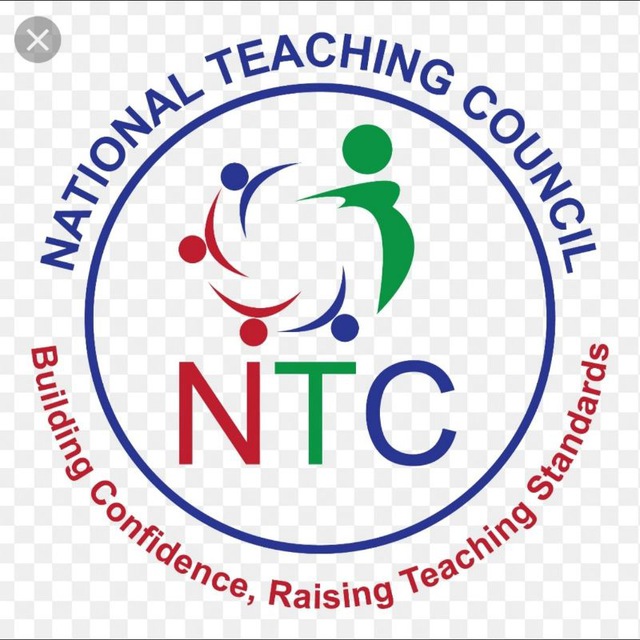
Learn to write your Teaching Philosophy
A teaching philosophy statement is a written expression of your values, objectives, and beliefs on teaching and learning. It demonstrates how well you have done as a teacher using examples from your own lessons. Your teaching philosophy might influence your syllabi or serve as the introduction to your course website as a broad statement of your values and methods.
Every teacher has a unique teaching philosophy statement that reflects contextual factors such as the discipline, influential mentors, personal educational experiences, type of teaching, and program-related teaching requirements, just to mention a few.
Here are some tips to help you craft an effective teaching philosophy:
1. Reflect on Your Beliefs:
Begin by reflecting on your core beliefs about education, learning, and teaching. What do you think is the purpose of education? What role does a teacher play in a student’s development? What are your values and goals as an educator?
READ ALSO: How to write a methodology
2. Consider Your Audience:
Think about who will be reading your teaching philosophy. Tailor your writing to resonate with students, parents, colleagues, and potential employers. Make it accessible and relatable to a diverse audience.
3. Be Clear and Concise:
Keep your writing clear and concise. Avoid jargon or overly complex language. Use straightforward sentences to convey your ideas effectively.
4. Tell Your Story:
Share personal anecdotes or experiences that have shaped your teaching philosophy. Illustrate your points with real-life examples to make your philosophy more relatable and engaging.
5. Highlight Your Approach:
Explain how you approach teaching and learning. Discuss your strategies for engaging students, fostering critical thinking, and promoting active participation. Highlight any innovative or unique methods you employ.
6. Showcase Student-Centeredness:
Emphasize how you prioritize the needs, interests, and growth of your students. Discuss how you adapt your teaching to accommodate diverse learning styles and abilities.
7. Connect to Learning Outcomes:
Explain how your teaching methods contribute to desired learning outcomes. Show how you help students acquire not only subject-specific knowledge but also skills that are applicable beyond the classroom.
SEE ALSO: POETRY 01: Learn About Poetry Different Types of Poems and Poetic Devices With Examples
8. Incorporate Pedagogical Theories:
If relevant, reference educational theories or approaches that inform your teaching philosophy. This demonstrates that you’ve considered various perspectives and have a well-rounded approach.
9. Address Assessment and Feedback:
Discuss how you assess student progress and provide feedback. Highlight your commitment to fair evaluation and continuous improvement.
10. Express Growth Mindset:
Convey your belief in the potential for growth and development in both yourself and your students. Highlight how you encourage risk-taking, learning from mistakes, and embracing challenges.
11. Emphasize Diversity and Inclusion:
Address your commitment to creating an inclusive and diverse classroom environment. Discuss how you create a space where all students feel valued and respected.
12. Avoid Clichés:
While it’s important to convey your passion for teaching, avoid using overly generic or clichéd statements. Instead, provide specific examples and concrete details that demonstrate your dedication.
13. Proofread and Edit:
After writing your teaching philosophy, proofread it for grammar, spelling, and clarity. Ensure that your ideas flow logically and coherently.
14. Seek Feedback:
Share your teaching philosophy with colleagues, mentors, or trusted friends. Their feedback can help you refine your writing and ensure that your ideas are effectively communicated.
Here is a sample teaching philosophy statement to get you started:
“My teaching philosophy centers on fostering a dynamic and inclusive learning environment where students are empowered to become active participants in their educational journey. I believe that learning is a collaborative process, and as an educator, I strive to create a space that encourages open dialogue, critical thinking, and exploration.
I am committed to tailoring my teaching methods to accommodate diverse learning styles, recognizing that each student brings a unique set of experiences and strengths to the classroom. I emphasize the importance of cultivating not only subject-specific knowledge but also essential skills such as problem-solving, communication, and adaptability.
In my classroom, I encourage students to ask questions, challenge assumptions, and engage in meaningful discussions. By promoting a growth mindset, I aim to instill in my students the confidence to embrace challenges and learn from failures. I also integrate technology and real-world examples to bridge the gap between theoretical concepts and practical application.
Furthermore, I view assessment as an opportunity for growth rather than solely a measure of performance. I provide constructive feedback that highlights strengths and suggests areas for improvement, fostering a continuous learning process.
Ultimately, my goal as an educator is to inspire curiosity, ignite a passion for lifelong learning, and equip students with the tools they need to thrive in an ever-evolving world. I am dedicated to creating an environment where both students and I can learn from one another, cultivating a community of engaged and empowered learners.”
RECOMMENDED FOR YOU: Poetry 02: Explore Poetry and Forms
Your teaching philosophy is a living document that can evolve over time. Regularly revisit and revise it to reflect any changes in your teaching approach, experiences, or beliefs.
Click here for more motivational messages.